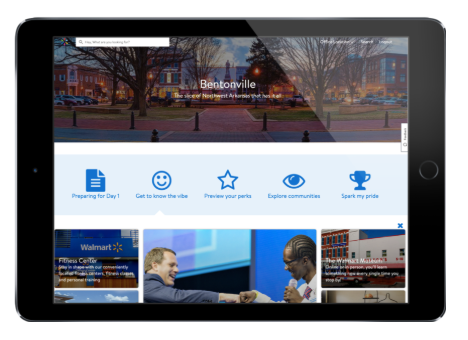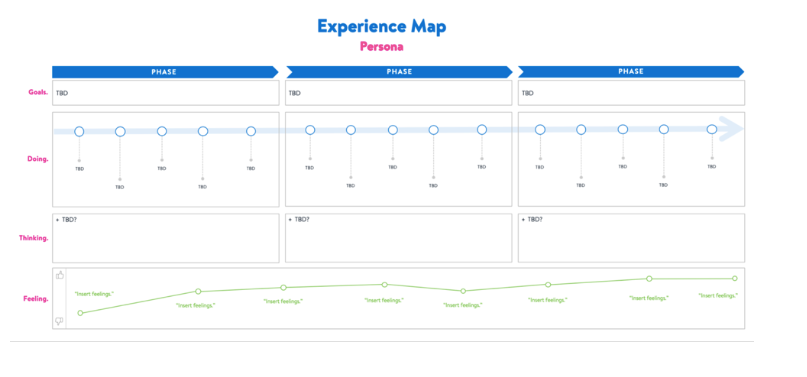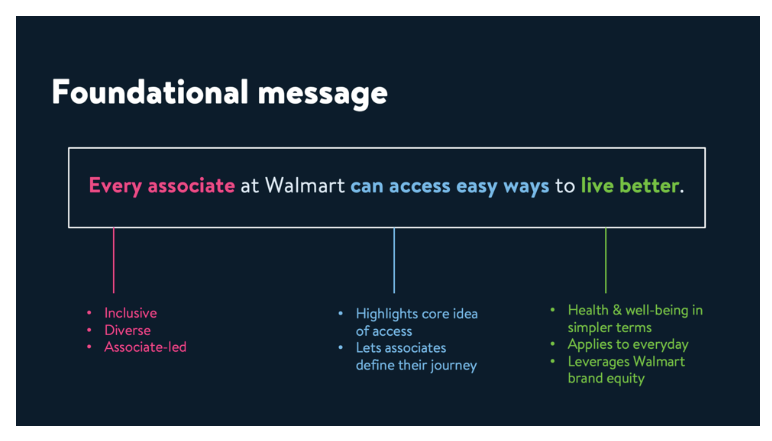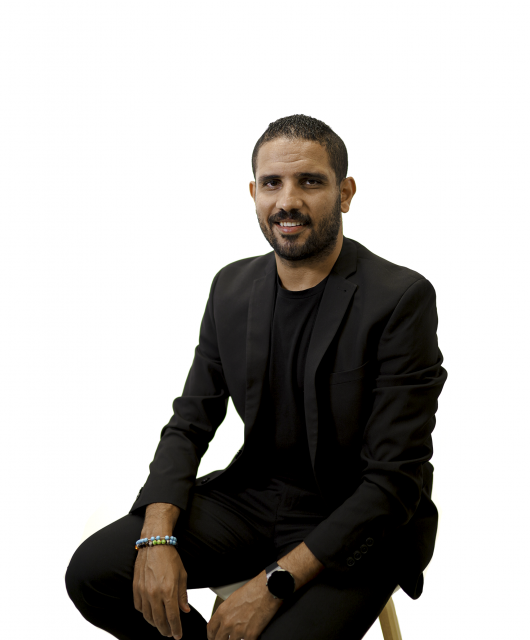A Field Guide To Strategic Storytelling
This Field Guide to Strategic Storytelling is a summary of the process I use to drive employee-centric decision making. It’s written for marketers, HR strategists, and anyone looking to drive behavior change with their people.
Experts argue that stories are what make us human. “Storytelling has evolved, like other behaviors, to ensure our survival,” according to Jonathan Gottschall, author of The Storytelling Animal. Good stories stir emotions and create sentimental connections. But strategic stories change social norms, encourage collaboration, and spark innovation. Whether you’re convincing the board of directors to fund a breakthrough innovation, attempting to get new hires to live your company values, or designing a campaign to help people live healthier lives, strategic storytelling can make an impact from the boardroom to breakroom.
Every Story Begins With Three Questions
- Who’s your audience? Identifying your audience is key. Doing so is the first step in being employee-centric with your story. You use your audience as a lens through which all decisions are made. Are you talking to finance employees in Canada? Every new hire? Your entire organization? Get as specific as possible.
- What do you want to change? Think about what you want your audience to start or stop doing. Describe your “from-to”. Do you want to move from an onboarding experience where employees sign employment forms to one where they connect with their peers and learn something new? From a disconnected brand story to a singular narrative? From employees confused about benefits offerings to employees who promote the value of those offerings to their friends and family? Go BIG with your ideal future state. You’ll likely land somewhere between current state and ideal future state – and that’s ok. That’s progress.
- How does your work tie to a business objective? Are you trying to decrease executive turnover? Speed up the launch of a product? Improve customer engagement? Connect the dots from your KPIs to your CEOs goals – doing so will allow you to have credible conversations about your work at all levels of your organization. It will also define your measures of success.
Crafting The Story Is An Ongoing Process
Once we have the answer to those three questions, move through the design thinking-like process.
1. Understand your audience
You identified your target audience and now it’s time to dig in. Research the target audiences’ needs and wants related to the change you’re implementing. Use qualitative and quantitative research methods. Pull in existing data where possible – like demographic, behavioral, and HR info – and fill in the gaps. One important caveat: capturing information is the easy part. Deriving insights from that data is the hard work – and it’s these insights that inform your story.
At Walmart, we recently redesigned our corporate onboarding experience. To understand our audience, our People Experience team surveyed new hires, conducted focus groups, and collected anecdotal feedback. The insights were eye-opening: new hires felt “lonely,” “confused,” and “overwhelmed” after starting their jobs. Based on those findings, we redesigned a location-based “pre-boarding” website where new hires can check out local employee resource groups, explore the office “vibe”, and learn about the positive impact Walmart has on employees, customers, and communities. The embedded narrative, style of copy, and flow of content were all based on those insights. There is no “silver bullet” when it comes to employee experience, but, according to new hires, the pre-boarding site helps alleviate some of the stress of starting a new job.
2. Formulate your hypothesis
What do you hope your audience will do, feel, say, and think based on the future state identified in question #2? Use empathy mapping to get started. Create an “if-then” statement. For example, if employees connect with their peers on Day 1, then they will feel a sense of belonging. If we create a connected brand story, then employees will be more likely to share our great work with their friends. If we simplify our messaging, then employees will spend more time serving customers.

Walmart’s People Experience team used a version of an empathy map – an experience map – during a recent partnership with the Total Rewards team. Understanding the vast landscape of benefits, perks, and rewards is no small feat for employees. Our goal was clear: make access to the right benefits and rewards information easier. Walking in the shoes of our employees was the best way to do that. We developed a future-state experience map that showed employees making thoughtful decisions throughout the year, based on receiving and pulling the right information at the right time. We had our aspirational north star and were ready to build our story.

3. Craft your narrative
Find your best writers, strategists, former journalists, video scripters, and poets. Get words and ideas on paper. Think about the audience point-of-view. Use your empathy maps and understanding of the audience to hammer home the “what’s in it for me?” Tie the story to the business goals. A little bit of cheesy works, but don’t overdo it on the puns and dad jokes. These narratives typically take the form of 100ish-word manifestos. They read like tight, emotive commercials.
Our strategic narratives rarely get seen by employees directly (though several have been used as video scripts). Rather, they become the basis of a behavior change strategy. We craft these narratives for each of the five pillars of Walmart’s employee value proposition. For our “well-being” pillar, the People Experience team used insights gathered from subject matter experts and employees to develop a manifesto that captured our well-being aspiration. That manifesto was summarized into a single sentence that acts as the strategic north star for employee well-being: “Every associate at Walmart can access easy ways to live better.” The foundational message is used to create consistency across related messaging, influence content across internal platforms, and accelerate our push towards more personalized employee outreach.

4. Test and measure
Get your story out there using whatever channels make sense for your audience. Partner with your communications teams and channel owners to understand what works best. Use focus groups to get feedback on your manifesto and embed the narrative across channels. Create opportunities to capture feedback, reactions, and – arguably most importantly – behaviors. What does your audience do, feel, say, and think? How does that compare to your hypothesis? Are you moving the needle on the business objectives? Capture all the insights you can get your hands on.
5. Refine, re-launch, re-measure
Based on the hypothesis-to-insights gap analysis, refine your story and get it back out there for testing. This process rarely has an “end” state. While your narrative may remain constant, the application of that narrative into products, services, and experiences can continuously evolve based on business goals and audience needs. Get comfortable with imperfection. Share insights with your business partners and promote the value of your work.
Where we go from here
Strategic storytelling (and employee experience) – as a vocation, a skill, and a corporate function – is still in its infancy. At Walmart, we’re learning as we work – “building the plane as we fly it” as the cliché goes. We’re tracking the changing landscape of internal marketing, employer branding, and behavior change, and evolving with the needs of our business partners and their strategies. We’re nimble and open to change. What we do know is this: strategic stories can dramatically alter both the perception and the reality of experiences across the employee journey.





